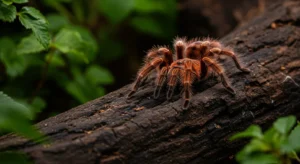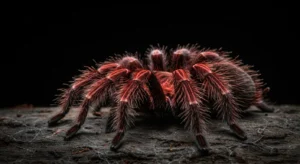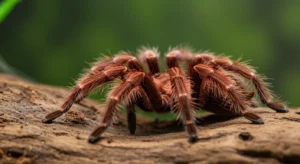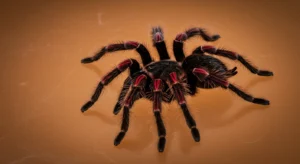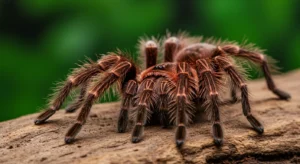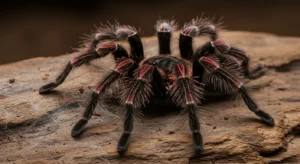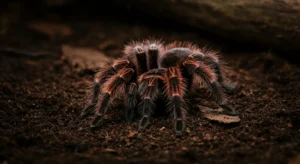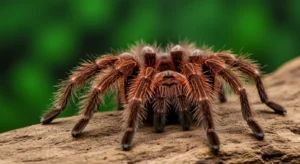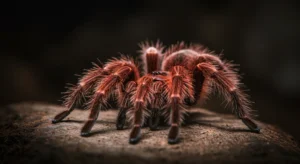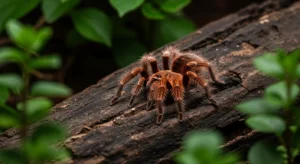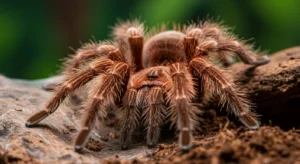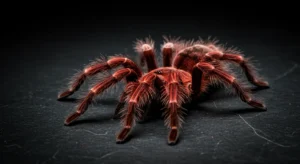How venomous are rose hair tarantulas?
A common question among potential and new tarantula keepers concerns the venom potency of their chosen species. The Chilean Rose Tarantula (Grammostola rosea/porteri), often called the Rose Hair, is frequently recommended for beginners partly due to its reputation for having mild venom relative to other tarantulas.
Tarantula Venom: Purpose and Composition
Tarantula venom is primarily used to subdue prey (typically insects and other small invertebrates) and begin the digestive process externally. It’s a complex mixture of enzymes, proteins, and peptides (Wikipedia contributors, 2023). Unlike some spiders whose venom is highly neurotoxic to vertebrates, most New World tarantula venoms (those from the Americas, like the Chilean Rose) are generally less potent to humans.
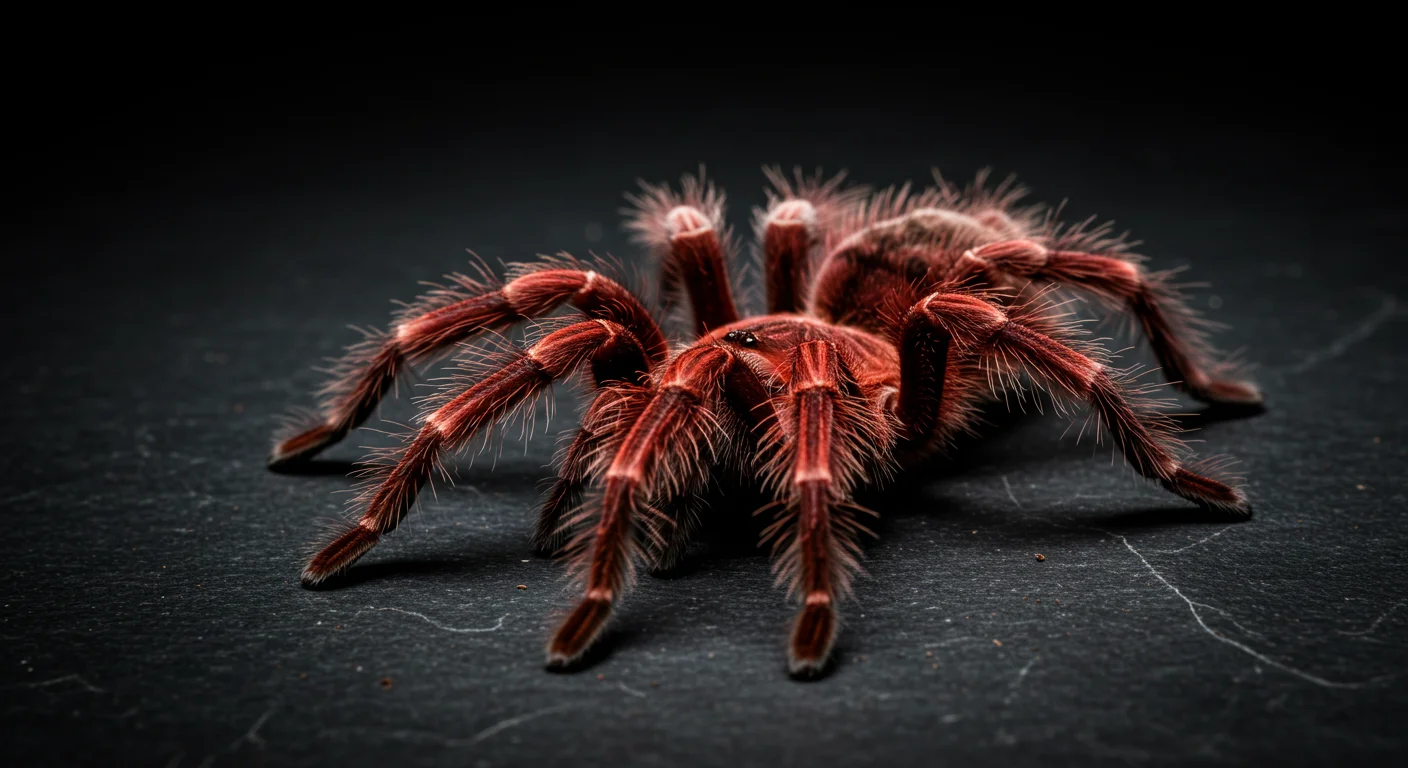
How Venomous Are Chilean Rose Tarantulas?
Chilean Rose tarantulas are considered to have **mild venom** in terms of its effect on humans. Their bite is often compared to a bee or wasp sting.
- Low Potency: The venom is not considered medically significant for most healthy adults.
- Purpose: It’s effective for paralyzing insect prey but not potent enough to cause severe systemic reactions in humans under normal circumstances.
- Comparison: Compared to Old World tarantulas (from Africa and Asia), whose venom can be significantly more potent and may cause severe pain, muscle cramping, and other systemic effects, the venom of Grammostola rosea/porteri is considerably weaker. Understanding Chilean rose tarantula bite effects helps put the risk into perspective.
Typical Symptoms of a Bite
If a Chilean Rose tarantula were to bite (which they are generally reluctant to do, preferring to flee or flick hairs), typical symptoms would likely include:
- Localized Pain: Similar to a bee sting, there will be immediate pain at the bite site.
- Redness and Swelling: Minor to moderate swelling and redness around the puncture marks.
- Itching: The area might become itchy as it heals.
- Mild Muscle Cramping (Rare): In some cases, very mild, localized muscle ache or cramping near the bite site might occur, but widespread cramping is not typical of this species.
Symptoms usually subside within a few hours to a couple of days. Serious complications are very rare unless there’s an allergic reaction or secondary infection.
Mechanical Damage: Remember that tarantulas have relatively large fangs. The bite itself can cause mechanical puncture wounds, which carry a risk of bacterial infection if not kept clean.
Defense Mechanism: Urticating Hairs
It’s crucial to remember that biting is a last resort for Chilean Rose tarantulas. Their primary defense mechanism is flicking urticating hairs from their abdomen. These tiny, barbed hairs are much more likely to be encountered by keepers than a bite.
- Effect: Cause itching, rashes, and irritation upon contact with skin.
- Severity: Can be very uncomfortable, and potentially dangerous if they get into the eyes or are inhaled.
- Handling Precaution: This is a major reason why handling tarantulas is generally discouraged – not just the bite risk, but the risk of getting haired.

Risk Assessment for Humans
For the average, healthy adult, the risk from a Chilean Rose tarantula bite is low. It’s likely to be a painful but ultimately minor event.
- Pain Level: Comparable to a bee or wasp sting.
- Medical Significance: Generally not considered medically significant.
- Treatment: Clean the wound, apply a cold compress, and take over-the-counter pain relievers if needed. Monitor for signs of infection or allergic reaction. Seeking details about tarantula venom potency comparison often highlights the relative safety of New World species like the Chilean Rose.
Allergic Reactions
Allergies are Possible: While rare, some individuals may be allergic to tarantula venom (or components within it), much like bee sting allergies. An allergic reaction could cause more severe symptoms, including difficulty breathing, widespread swelling, or anaphylaxis. Anyone with known insect sting allergies should exercise extra caution. If severe symptoms occur, seek immediate medical attention.
In summary, while Chilean Rose tarantulas are venomous, their venom is mild and primarily poses a risk comparable to a bee sting for most people. Their reluctance to bite and preference for using urticating hairs as defense further reduce the practical risk to keepers who respect the animal’s space and avoid unnecessary handling.
